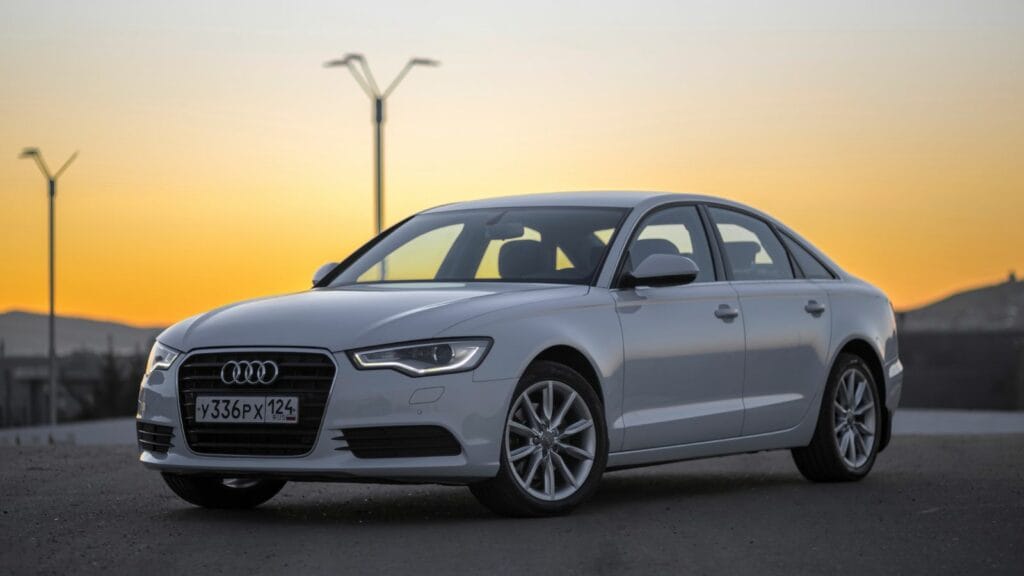Canada’s winters are legendary, and not always in a fun way. Between road salt, freezing temperatures, and rapid battery degradation, a handful of cars lose serious resale value fast. Some models plummet more than 50% in value after just one winter on the road. Whether it’s quirkily priced EVs with range anxiety, over-engineered luxury sedans with electronic gremlins, or rust-prone sports coupes that Canadians expected to love, the resulting depreciation shock is real. Here are 23 cars that lost over half their value after just one winter in Canada:
Mercedes‑Benz EQS
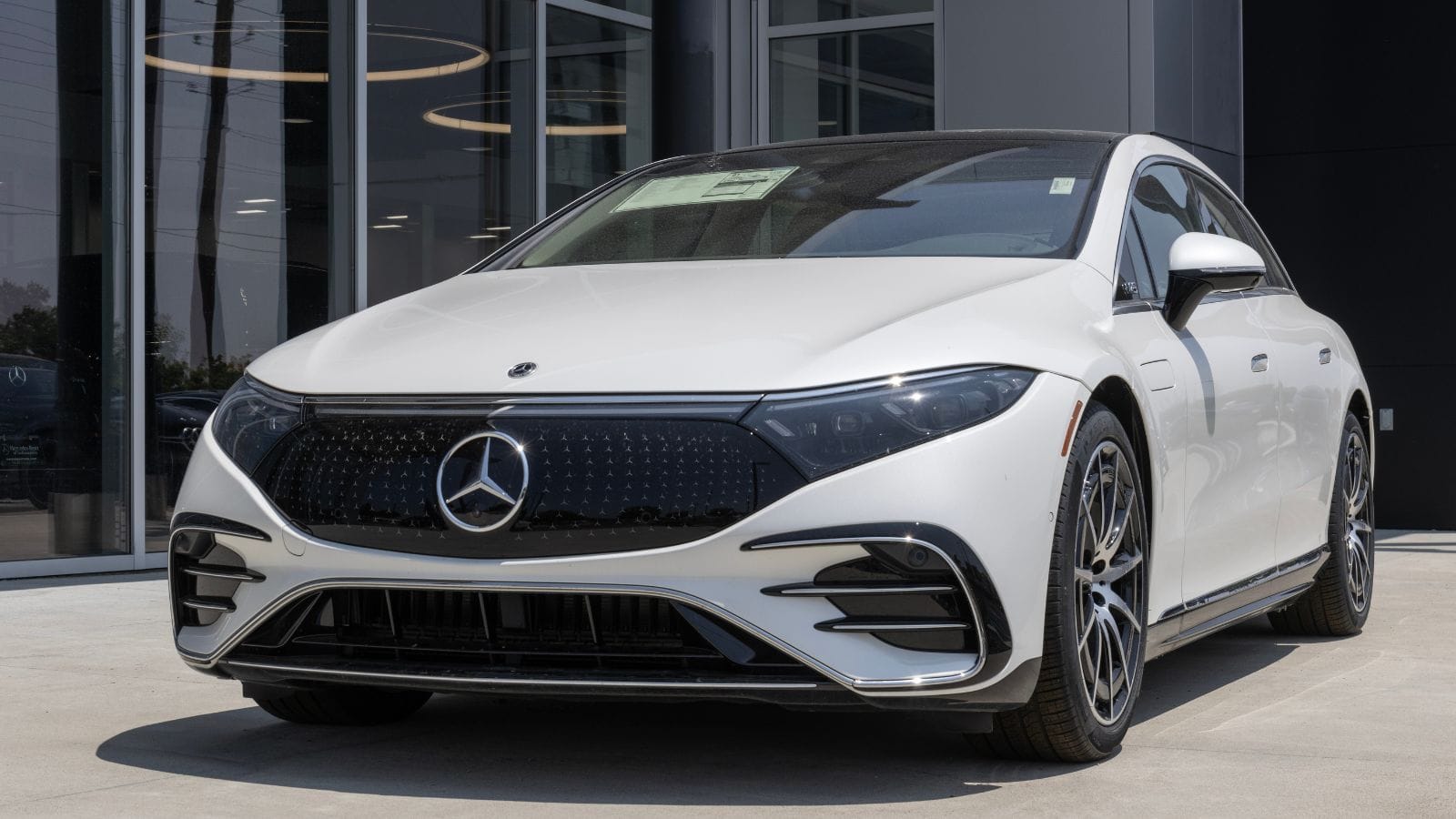
The luxury all-electric Mercedes‑EQS promises first-class comfort and cutting-edge tech. However, in Canadian winters, with heavy road salt, shortened battery range, and limited cold-weather infrastructure, it often becomes a case of rapid depreciation. Owners quickly see trade-in depreciation exceed 50%, especially when resale values collapse once the novelty wears off post-warranty. High sticker prices only compound the disappointment, and as soon as winter sets in or cosmetic wear appears, resale demand drops. With fewer buyers willing to pay top dollar, the EQS becomes a money-losing possession before summer returns.
Nissan Leaf (Early‑Gen Models)
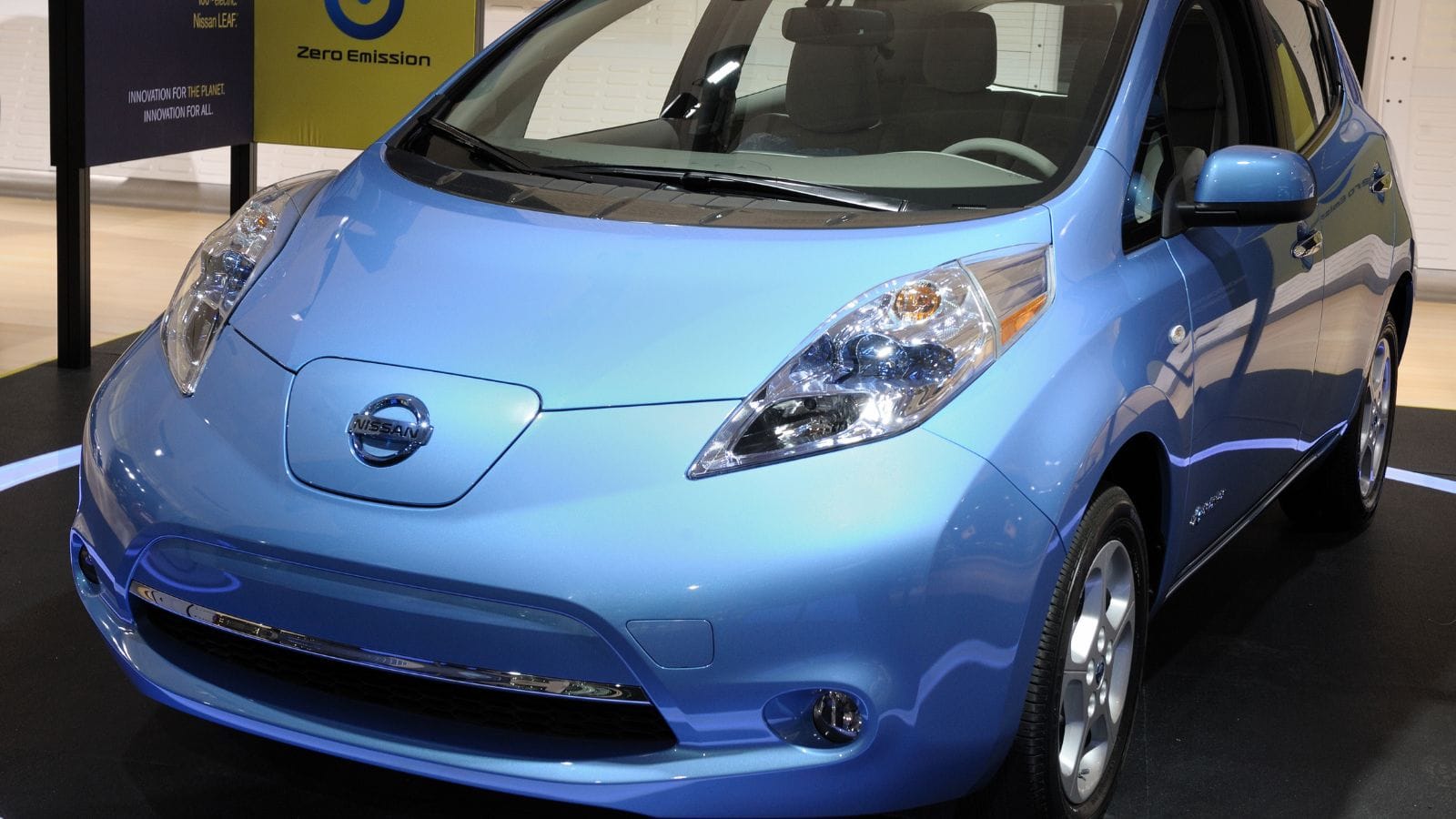
Earlier Nissan Leaf models were marketed as practical, pollution-free urban commuters. However, Canadian winters expose their drawbacks as cold climates degrade battery capacity, resulting in range loss, while resale values decline when buyers notice reduced performance. It’s not uncommon for early Leafs to lose more than half their value after just one harsh winter, and with newer EVs boasting longer range and faster charging, demand for these aged Leafs declines fast. Owners frequently trade out early to avoid battery replacement or declining usability, making it a classic case of high winter-induced depreciation.
Jaguar F‑PACE
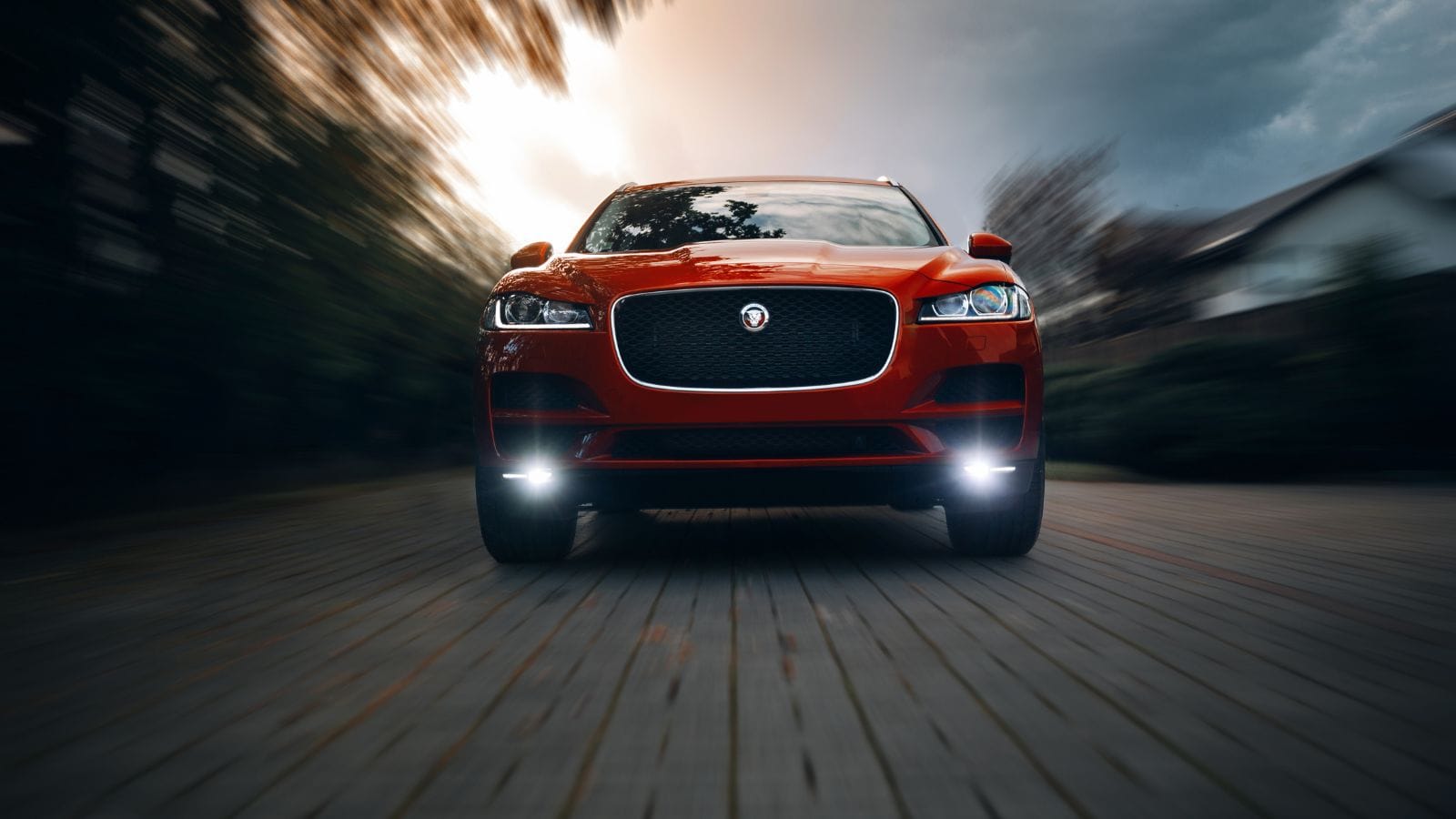
The Jaguar F‑PACE crossover combines sporty styling and brand prestige, but its value doesn’t hold up in Canada’s winter conditions. Road salt causes visible rust and paint corrosion, while expensive electronics and drivetrain repairs test the owner’s patience. Resale listings often show over 55% depreciation, especially if the vehicle has endured one full winter season. Since consumers are reluctant to pay for potentially costly repairs after salt exposure, trade-ins surge early. Even relatively new F‑PACE SUV owners opt for Lexus or AWD alternatives with a stronger winter reputation, leaving jagged depreciation in their rear-view.
Maserati Ghibli
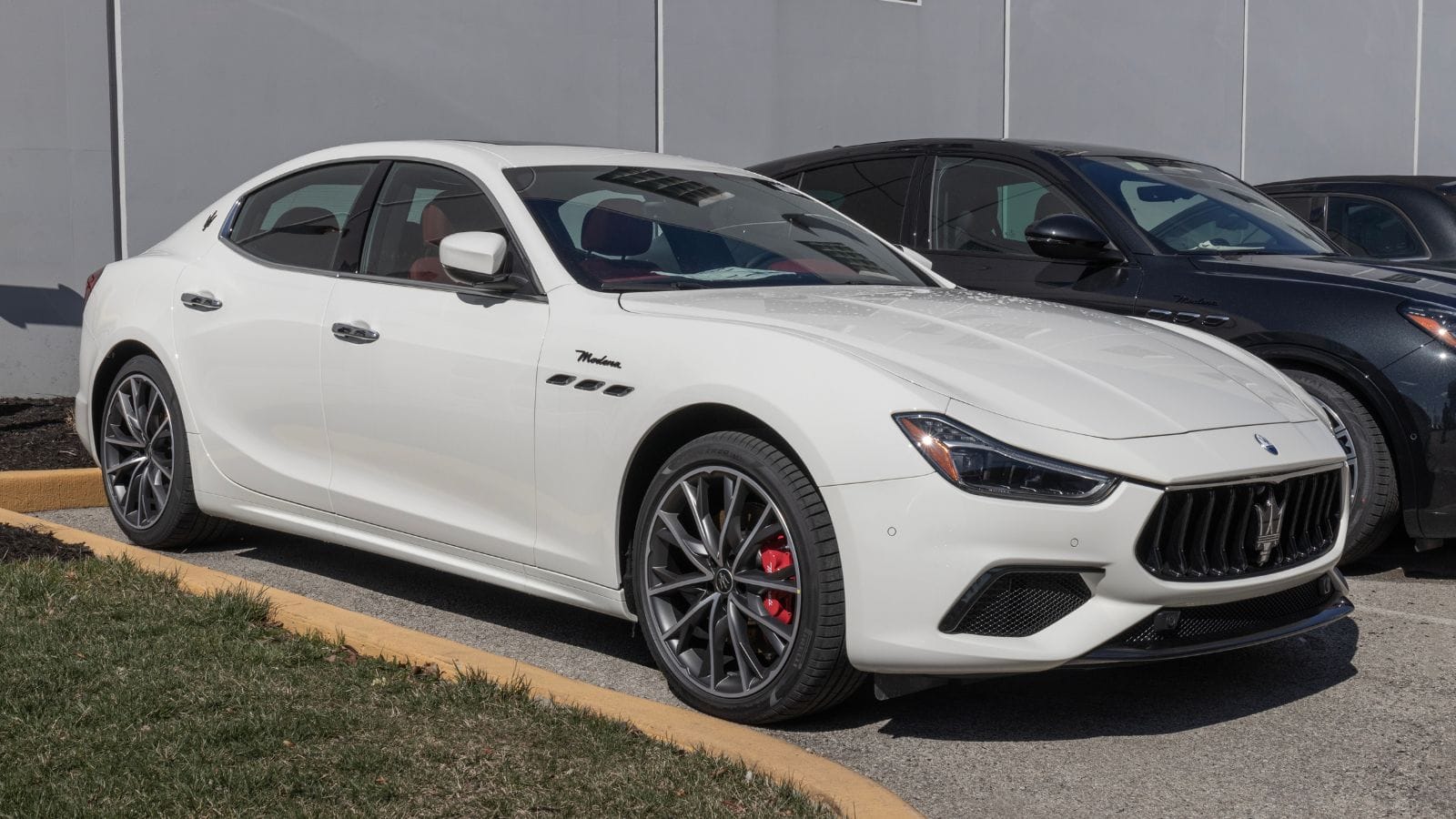
High-performance sedans like the Maserati Ghibli experience significant depreciation in Canada, particularly after the winter season. Elevated MSRP and weak resale demand collide with harsh road salt that corrodes exterior trim and brakes within months. Even minor cosmetic wear or paint jolts can cut resale value dramatically. Industry data ranks Ghibli among the fastest-depreciating vehicles, and real-world owners confirm that they lose more than half their value after just one winter season. As demand falls, so does willingness to pay, turning this sporty model into a swift financial loss for many Canadian owners.
Audi A6
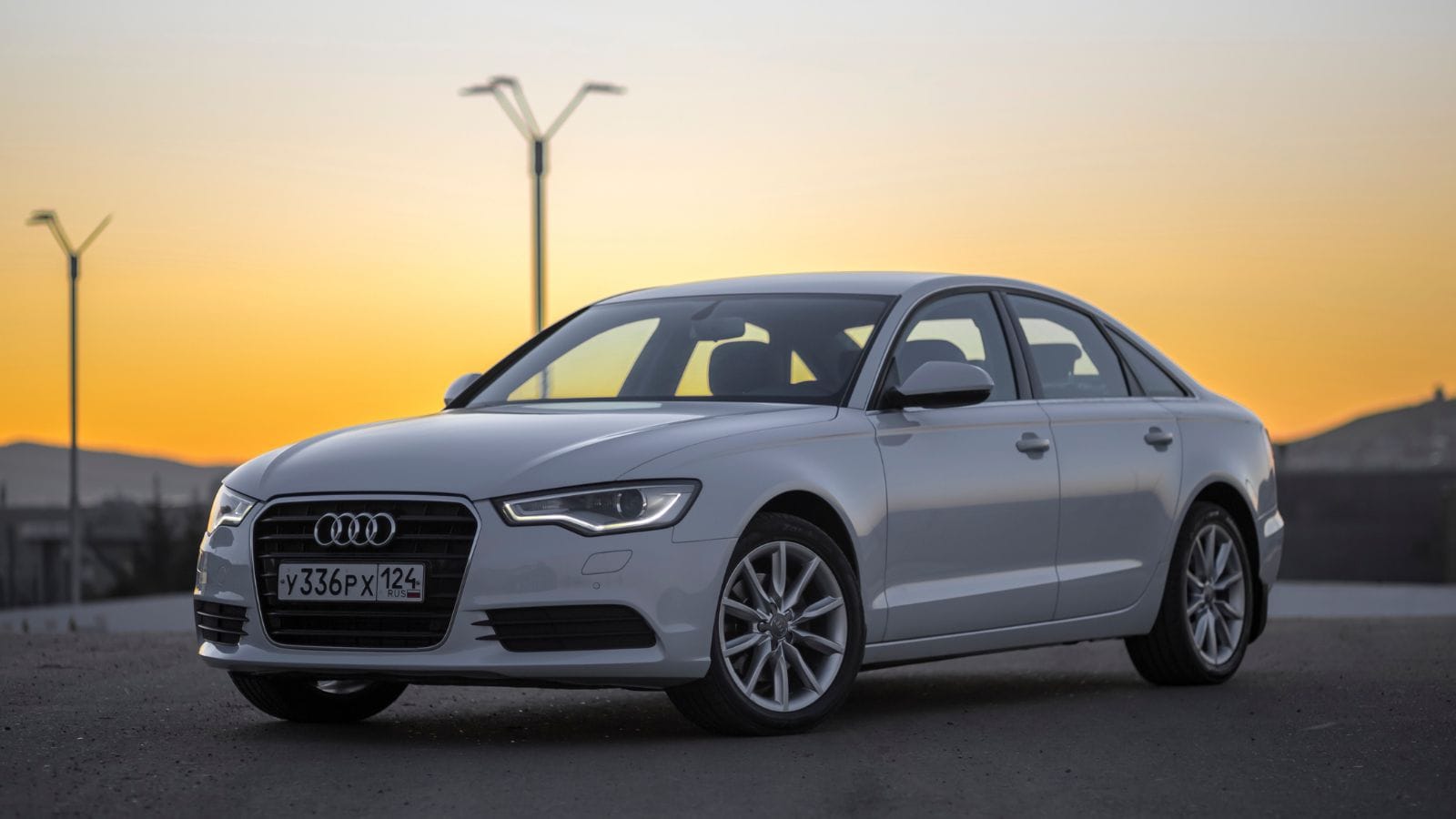
The Audi A6, once a staple of luxury Canadian roadways, is now notorious for high winter depreciation. Salt accelerates corrosion around suspension components, brake ducts, and undercarriage electronics. Combine that with industry figures showing approximately 70% depreciation over five years, and it is clear why many A6 owners opt to trade in early. Buyers lose confidence when the winter paint fades or control modules fail, and with capped dealer warranty protection and limited demand for used luxury sedans, many owners exit after one winter to salvage what value remains.
BMW 7 Series
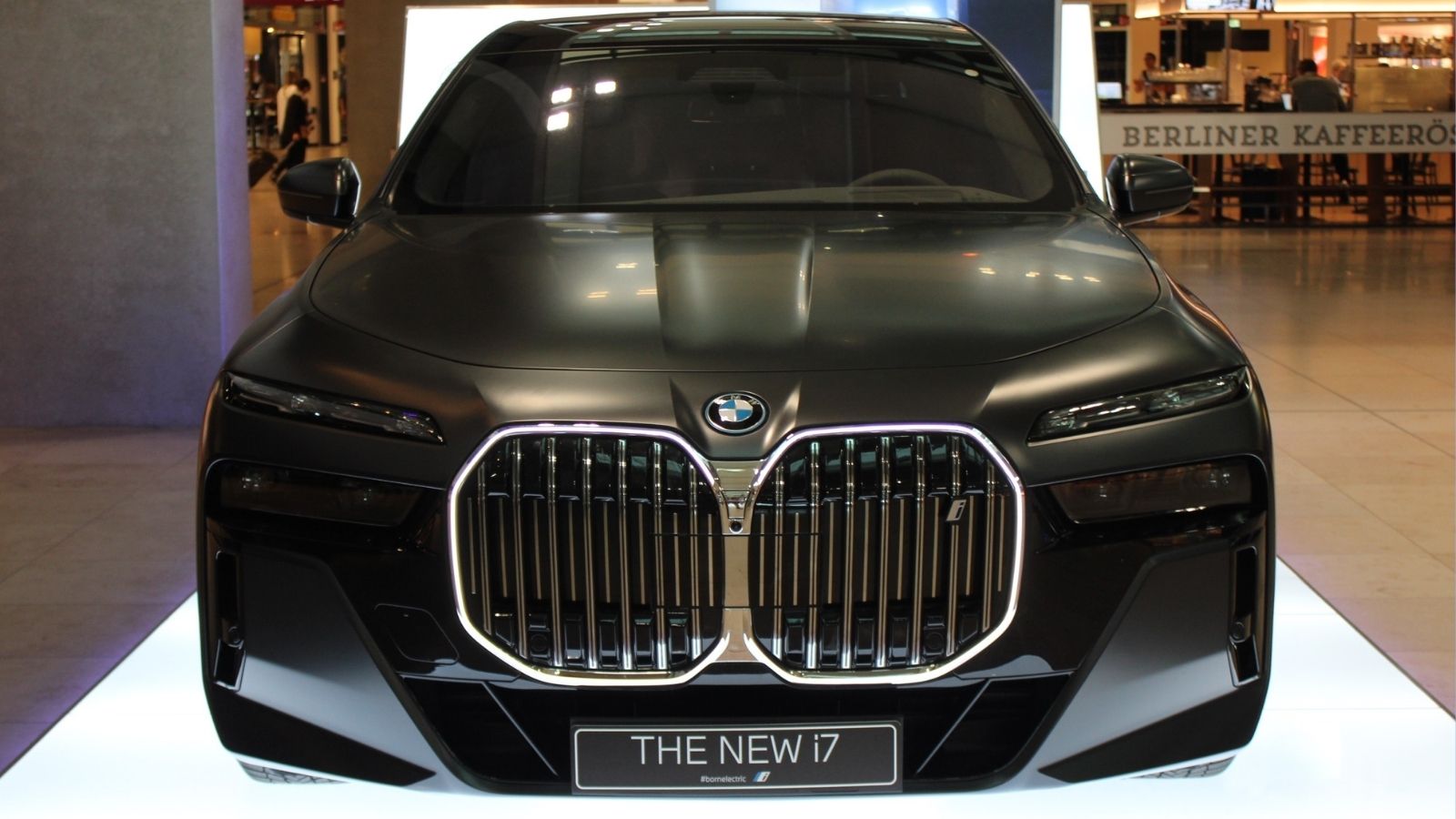
Top-tier luxury comes at a price, and in Canada, that price may include a significant loss of value. The BMW 7 Series depreciates by about 67% over five years, and Canadian winters only accelerate the decline. Rust-prone trims, electronics glitches caused by cold moisture, and inflated service costs push owners to trade early. Even a single winter of salt exposure can leave visible blemishes or suspension issues that deter buyers. Many Canadians realize too late that while the ride is elite, the cost of winter repair and resale damage outstrips luxury perks, forcing rapid ownership exits to minimize losses.
Cadillac Escalade ESV
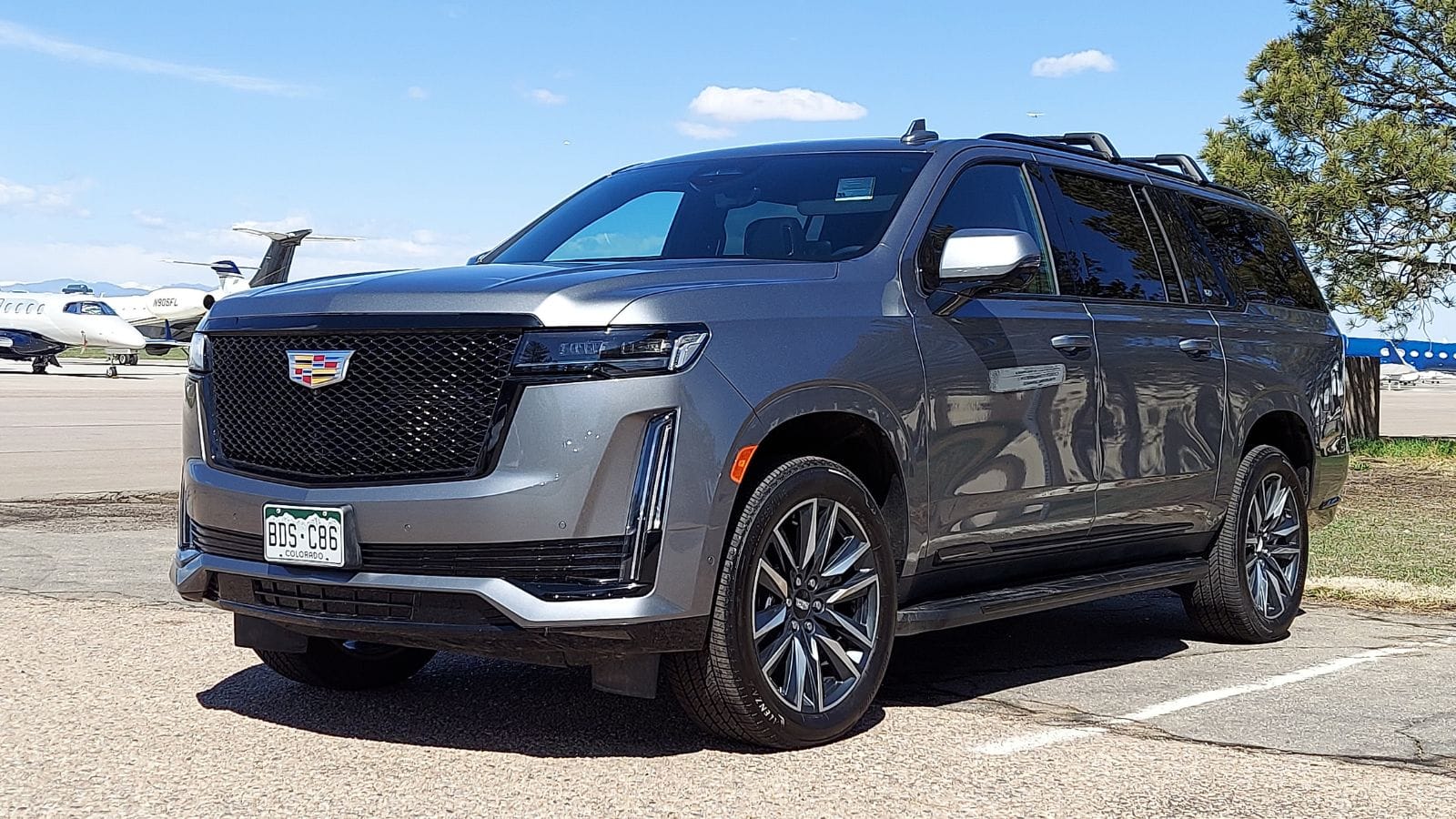
The Cadillac Escalade ESV represents luxury on a grand scale, but Canadian winters erode its value swiftly. With depreciation hovering near 63% over five years in studies, winter adds insult with corrosion to underbody components and cosmetic damage from salt. Its high insurance and fuel costs only compound resale struggles, as owners face steep declines in perceived value within months of winter use and often choose to trade early. Whether due to automated headlights failure or body pitting, the luxury appeal barely softens the sharp depreciation clawback in Canada’s harsh climate.
Volvo S90

Volvo’s upscale S90 may deliver Scandinavian appeal, but Canadian winters are punishing. Limited dealer presence and low resale demand can penalize its value, especially after winter damage. With approximately 54% depreciation over five years for premium sedans, even minor issues, such as light salt corrosion or paint flaws, can significantly reduce their resale value. Repairs for luxury imports also come with fewer discount options, as many owners in Ontario, Quebec, and BC report selling within a year to avoid losses as soon as winter wear appears.
Infiniti QX80
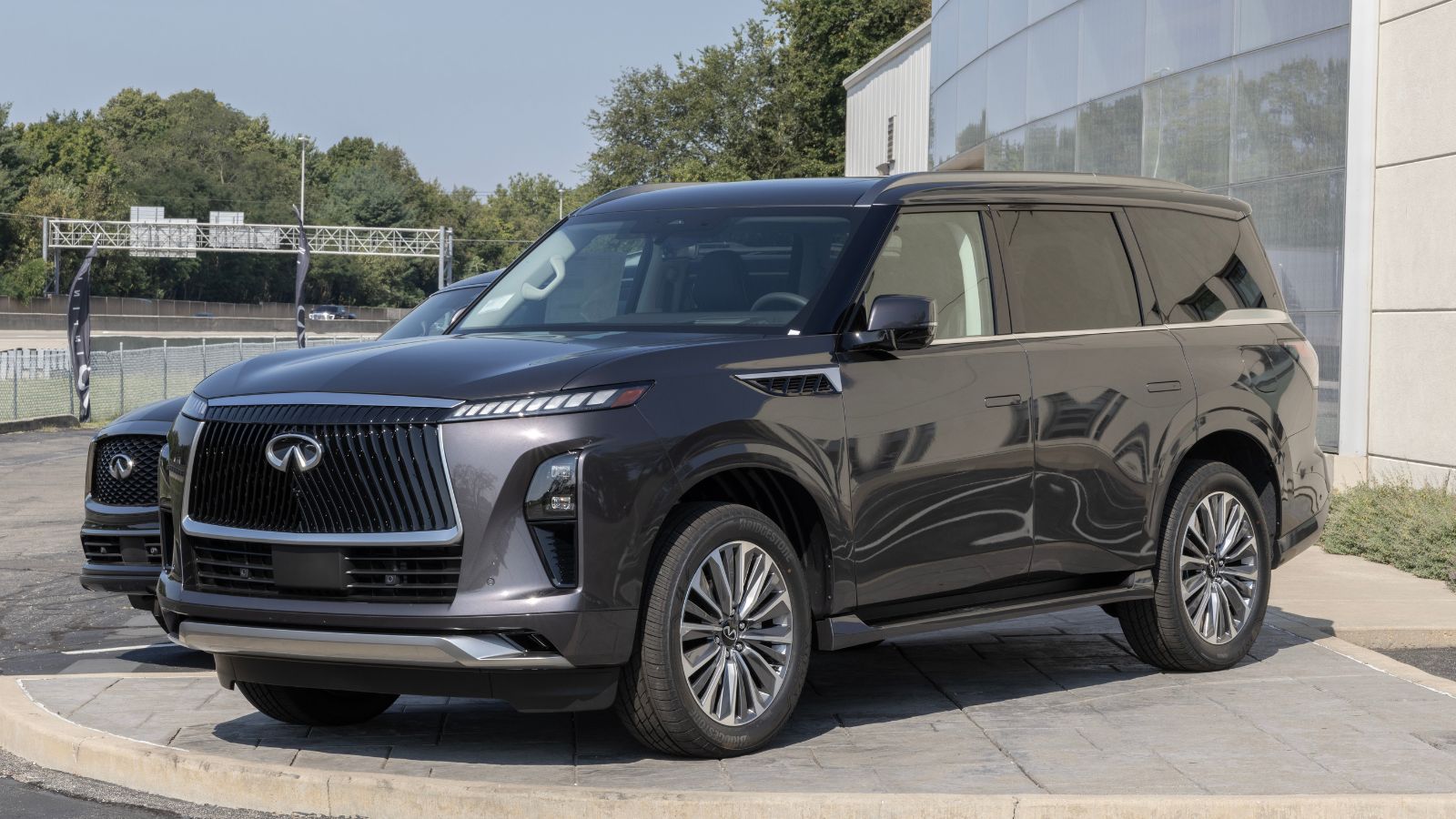
The luxurious Infiniti QX80 SUV drops over 65% of its value within five years, a depreciation that Canadian winters accelerate even faster. Road salt corrodes undercarriage bits and trim, while costly repair parts and limited resale markets make early trade-ins the norm. Buyers in salt-heavy provinces often trade in their QX80s after just one winter, before visible rust or electronic issues arise. With fuel, insurance, and maintenance costs already high, retaining value becomes impossible. Even buyers expecting longevity often concede defeat and sell early to avoid a steep thermal and financial crash.
Tesla Model S

Despite EV optimism, Tesla Model S owners in Canada often experience more than 55% depreciation within five years, with early winter damage exacerbating the issue. Bitter temperatures reduce battery capacity by 30-40%, and fears of range loss deter used buyers. When paired with rapid technological obsolescence, resale values plummet quickly. As newer EVs offer longer winter ranges and faster charging, Model S listings sit unsold, even shortly after launch. Many Canadians trade out after one harsh winter to avoid the double-whammy of battery anxiety and frustrated depreciation.
BMW X5

The BMW X5 is another steep dropper, losing roughly 60% of its value within five years, according to depreciation trackers, with winter-battered roads accelerating the decline. Cold-weather corrosion affects suspension, electronics, and air suspension components. Once visible rust or drivetrain gremlins appear, resale interest plummets, and with repair costs high and demand for older luxury AWD SUVs dropping in provinces with harsher winters, many Canadians choose to trade early rather than risk deeper depreciation or wallet-draining service visits.
Jaguar XF
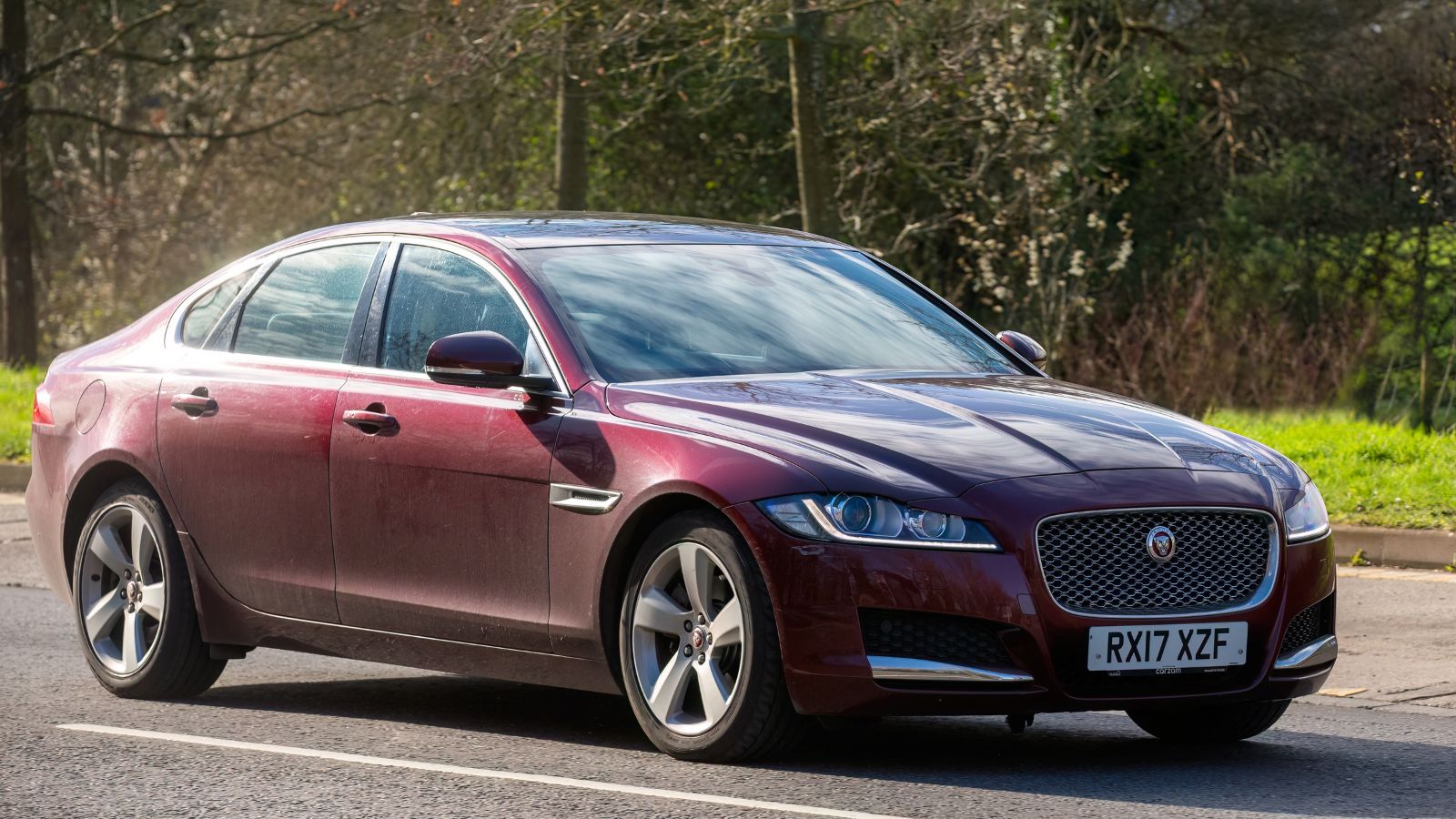
Jaguar XF owners face steep losses of around 59% depreciation over five years in North America, and far more after winter impacts. In Canada, road salt attacks steel joints and suspension, while expensive electronics often fail, as even small blemishes on the body or undercarriage failures can drop resale listings below 50%. With limited brand strength and low demand in the used Canadian market after winter, many owners opt to sell early. It’s a poignant case of British luxury struggling to overcome Canadian climate realities and turning into a financial loss within months.
Maserati Levante

The Fiat-Chrysler sibling to the Ghibli, the Maserati Levante SUV, experiences depreciation of nearly 58% over five years, and Canadian winters exacerbate that decline. Owners report accelerated rust and cosmetic damage in just one season, making the resale of their vehicles challenging. The high cost of luxury body panels and negligible demand for Italian imports mean listings regularly fall under half the purchase price. With minimal dealership support and expensive maintenance, few Canadian buyers keep their Maseratis long, and many sell them early post-winter to avoid a dramatic value collapse, turning Maserati ownership into a money trap quickly.
Audi Q7

Canada’s harsh winters accelerate depreciation on luxury SUVs like the Audi Q7, which loses over 56% of its value within five years. Salt exposure triggers corrosion in brake lines and electronics modules, and costly infotainment failures deter resale interest. Even minor winter blemishes or suspension issues can cause resale listings to drop below half of the original price. Dealers in provinces like Ontario and Quebec report a high frequency of Q7 trade-ins after just one winter season, as many owners choose to offload their vehicles early rather than shoulder steep maintenance costs and value erosion.
Cadillac XT5
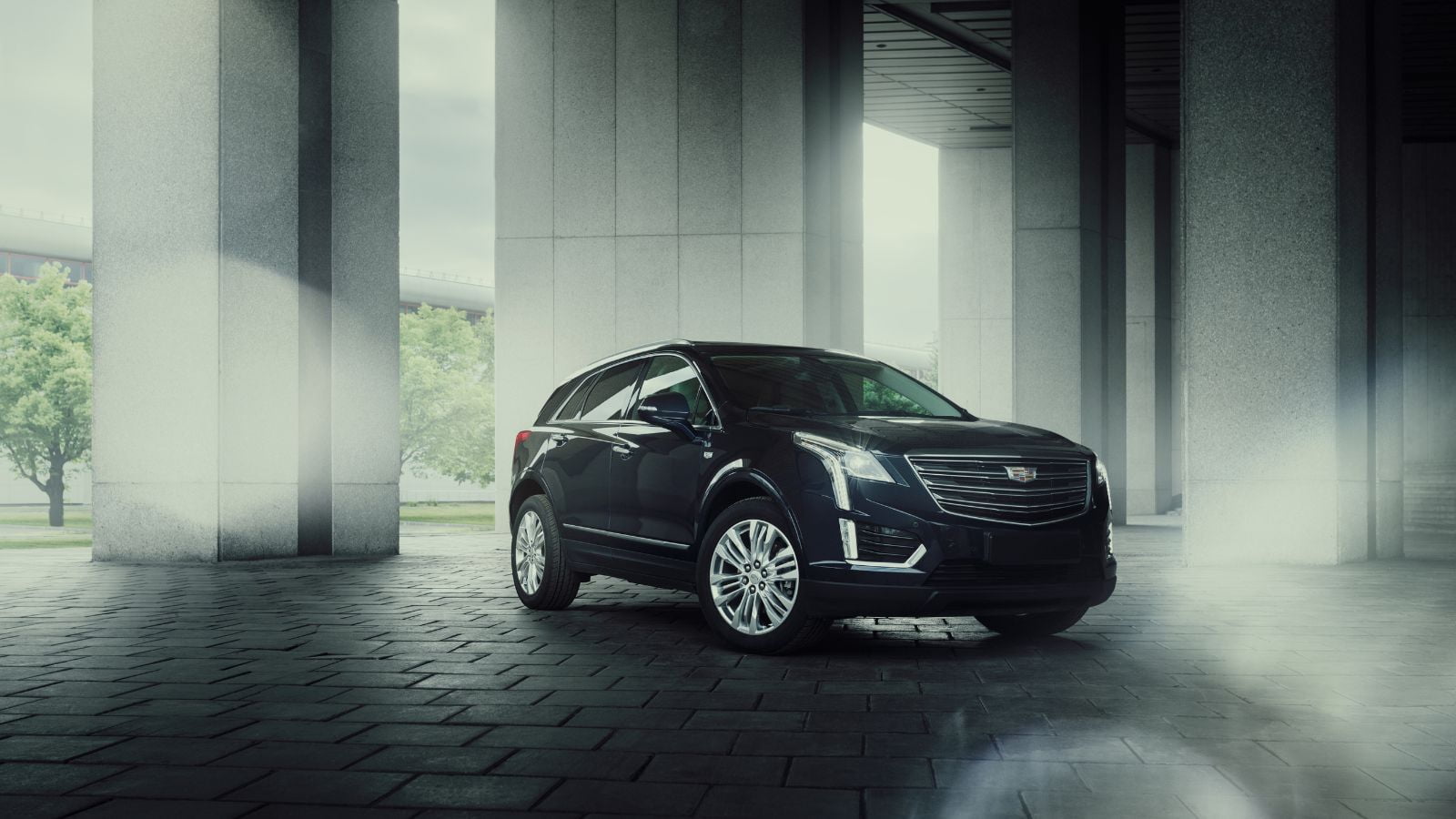
The Cadillac XT5 often loses 54-55% of its value over five years, and Canadian winters exacerbate its depreciation rapidly. Corrosion at wheel arches and electrical gremlins surfaced post-salt exposure make this mid-size crossover especially vulnerable. With low demand in the used Canadian luxury SUV market and limited part availability in some provinces, resale listings often sell for less than 50% of the MSRP. Owners frequently sell early after winter to avoid further value loss and avoid a slippery slope of cosmetic and mechanical repairs.
Lincoln Navigator L
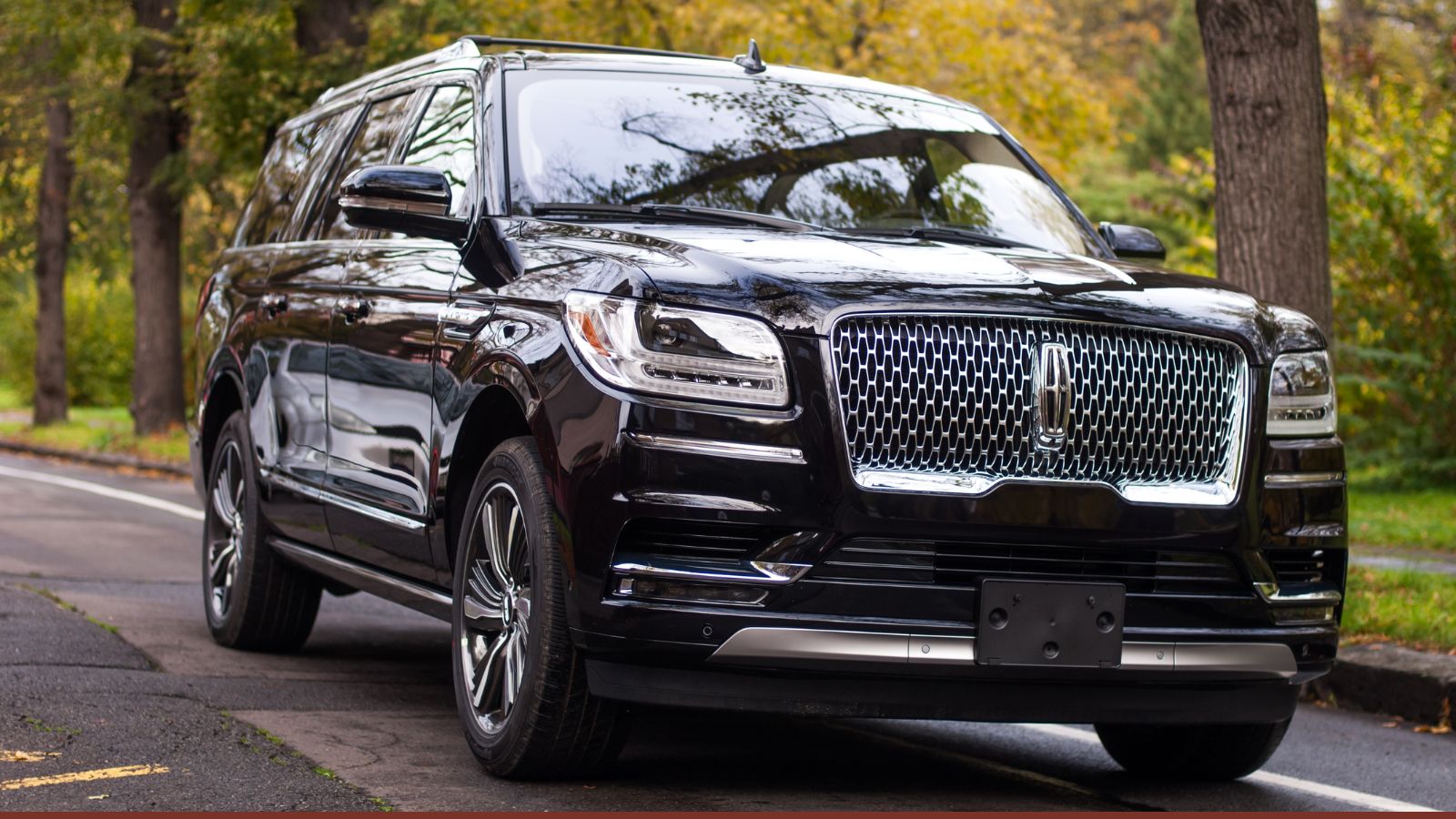
Even the extended Lincoln Navigator L faces significant depreciation in Canada, averaging around a 55-56% drop in five years, with winter exacerbating the losses. Corrosion on heavy chassis parts and drivetrain issues are common after post-salt exposure, and high depreciation is amplified by steep fuel, insurance, and maintenance costs. After just one winter, many Canadian owners find that trade-in offers are already 50% or less of the purchase price. As a result, early ownership exits are common, especially before rust or electronics faults further tank resale appeal.
Nissan Armada
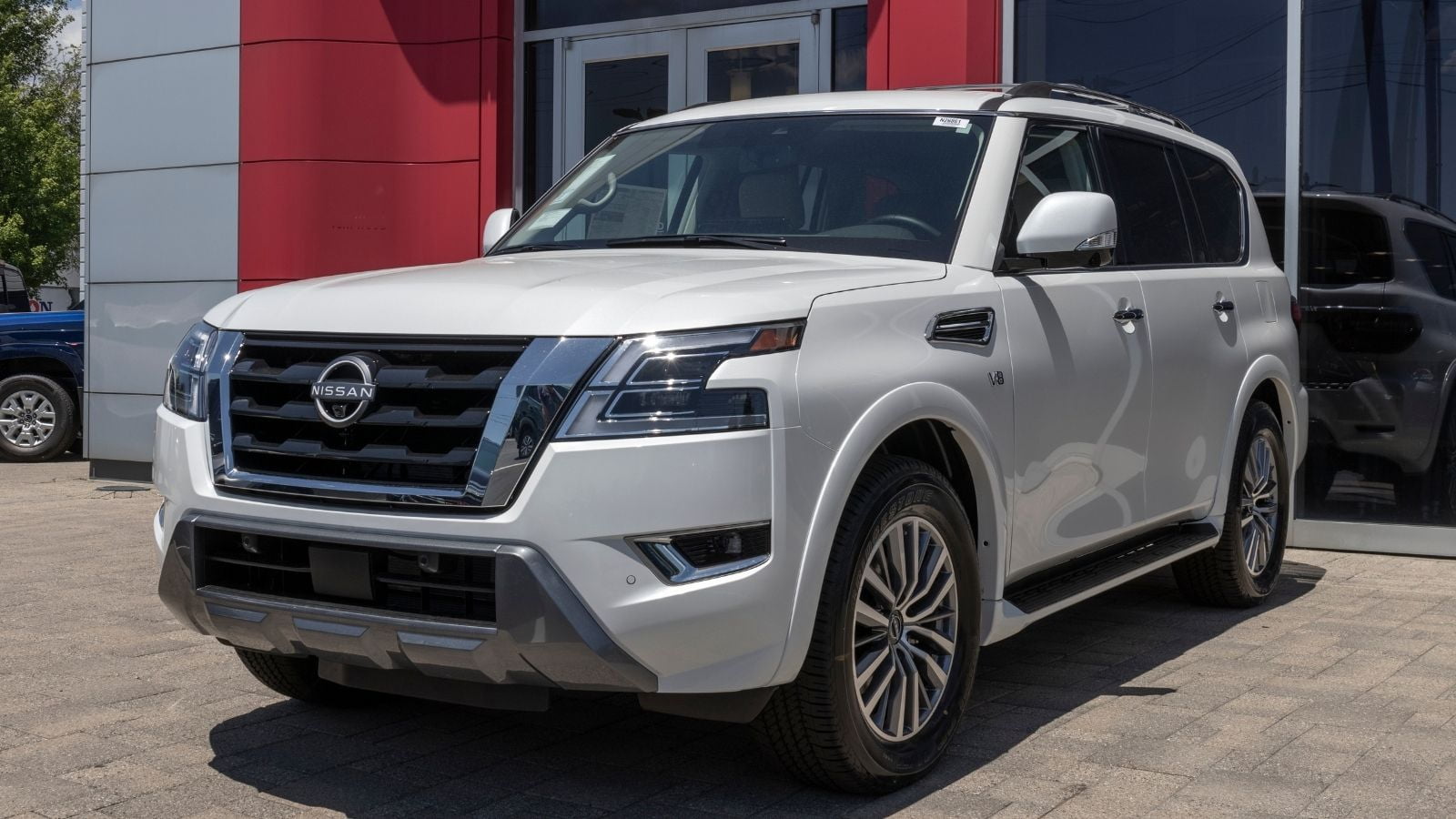
Canada’s Nissan Armada full-size SUV depreciates approximately 56% over five years, and loses considerable value after one wintry season. Salt and moisture degrade underbody and trim components, and resale demand is weak in colder regions as drivers often see sub-50% trade valuations soon after winter ends. Repair costs for rust-prone chassis components and aging drivetrain parts don’t help, and many owners choose to part ways early, trading into more winter-hardy SUVs before the damage and depreciation deepen their financial losses.
Mercedes-Benz S-Class
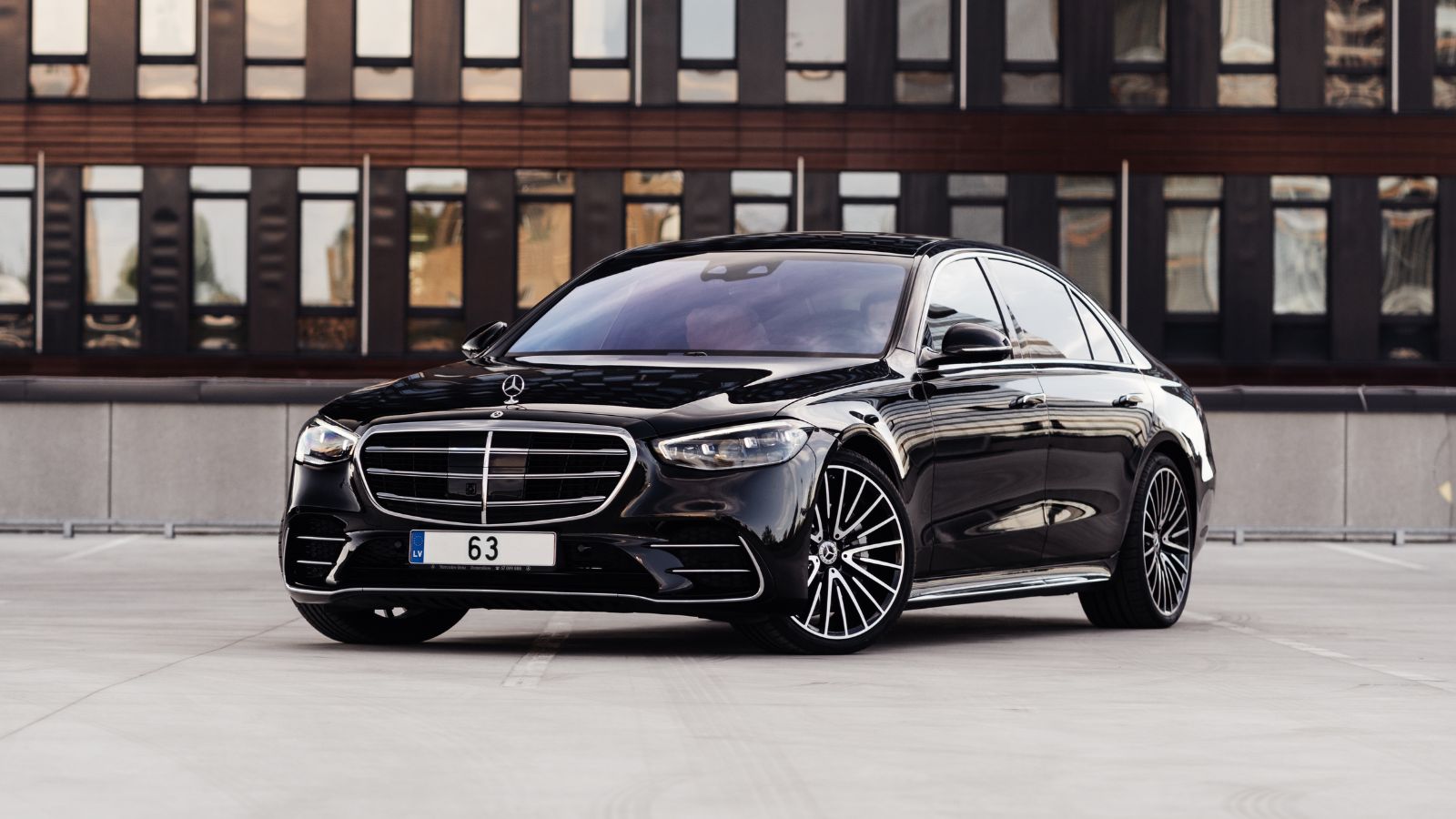
The flagship Mercedes-Benz S-Class loses an average of 56% of its value within five years, and Canadian winters hasten depreciation further. Salt-shortened luxury features, such as corrosion in brakes, air suspension, and undercarriage sensors, often emerge after the first Canadian winter. Buyers are hesitant to pay even half the MSRP for models with visible winter wear, and with repair costs soaring and limited demand for large sedans, many owners opt to trade in before major service needs arise, all to avoid watching their resale value vanish in a single season.
Maserati Quattroporte
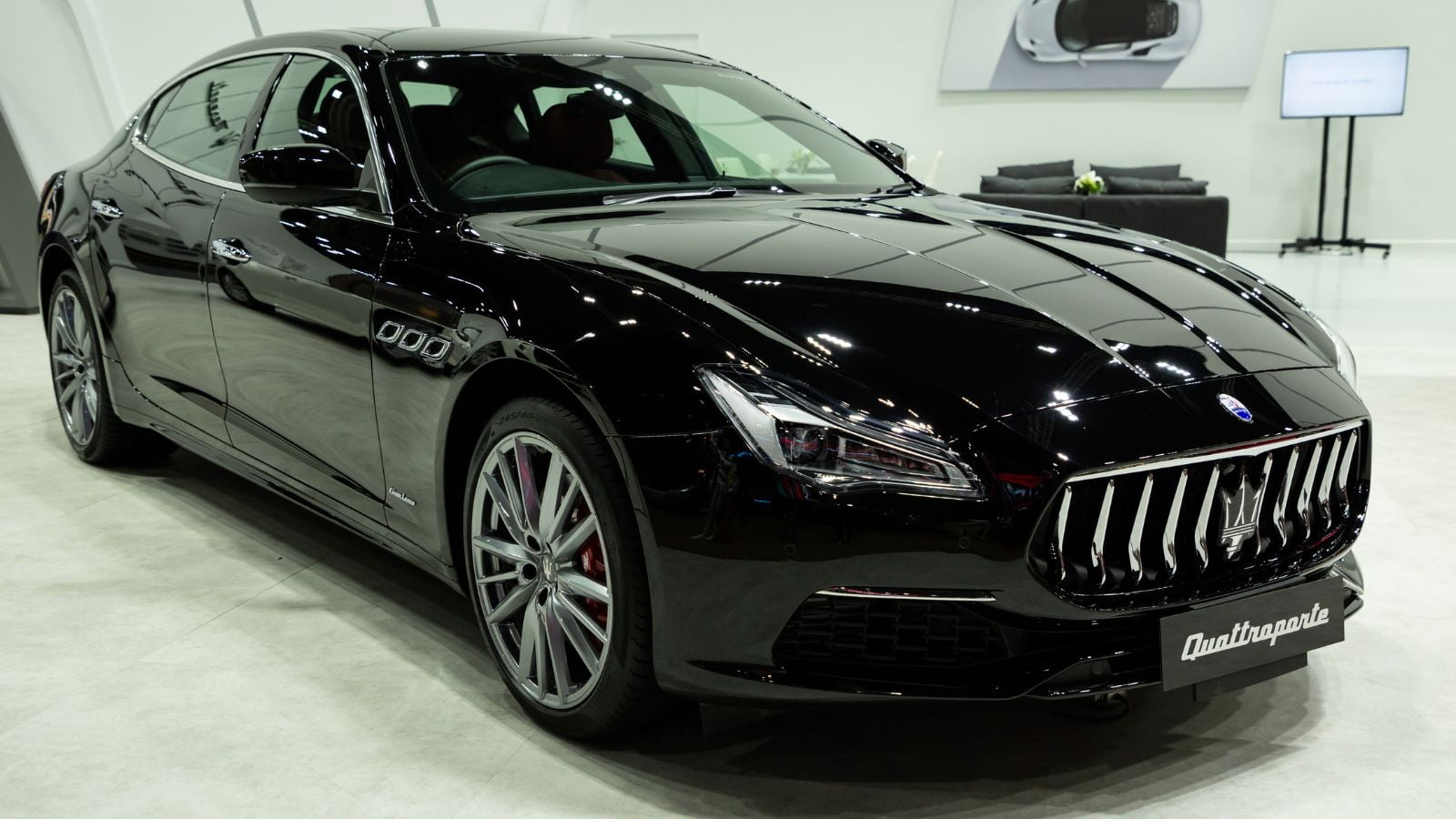
Canada’s winters are especially harsh on Italian luxury sedans, and that’s part of why the Maserati Quattroporte loses over 60% of its value within five years, often shedding more than half immediately after the first winter. Road salt erodes chrome trim, brake components, and wheels, and limited service networks and costly body repairs deter prospective buyers. Even minor cosmetic damage has oversized financial repercussions. With resale demand thin and maintenance bills high, many Canadian owners trade early, deciding that preserving what little value remains is preferable to risking winter-driven depreciation.
BMW 5 Series Hybrid (530e, 545e)
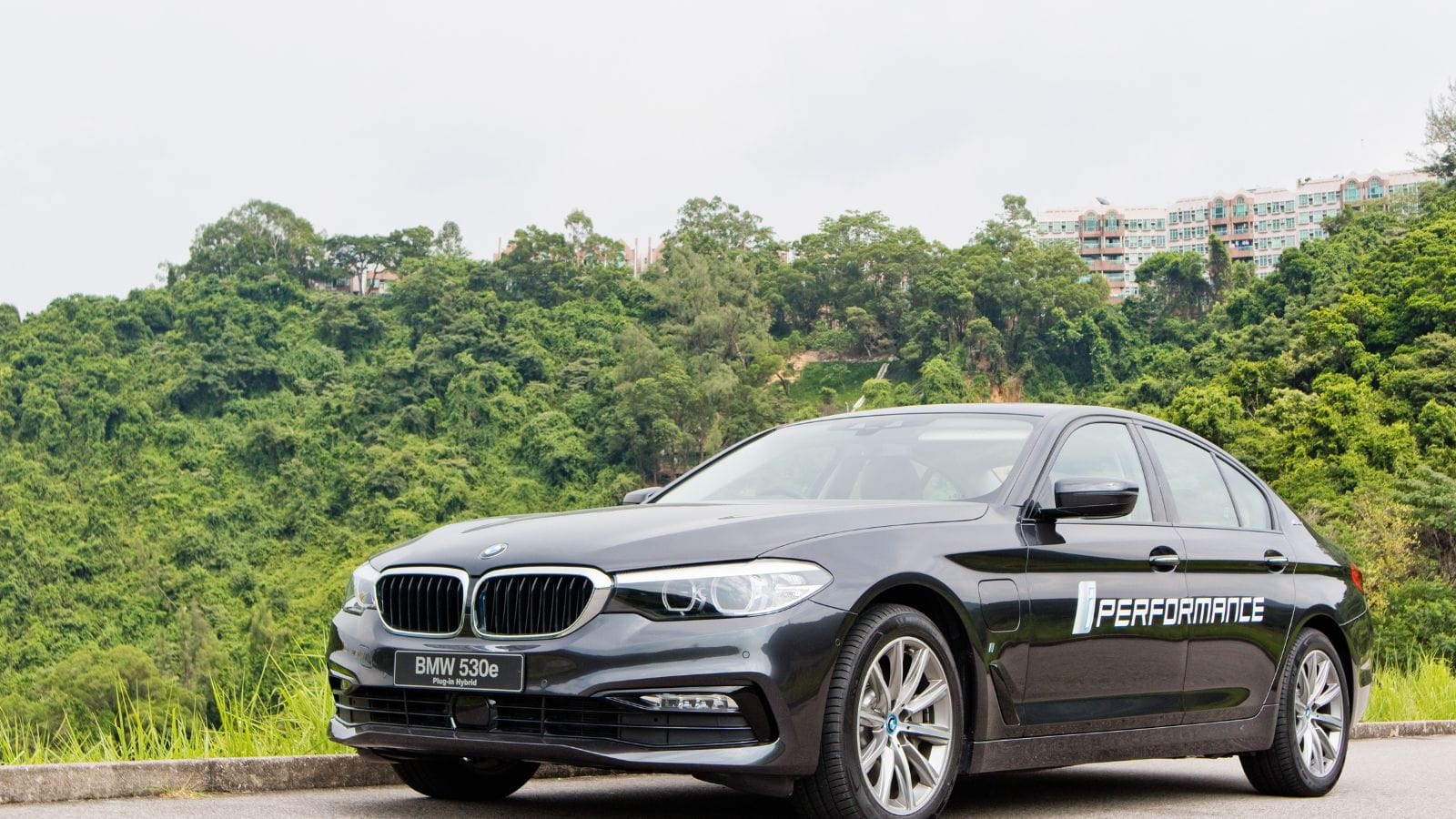
The BMW 5 Series Plug-in Hybrid offers fuel savings when it’s in use, but the Canadian battery range shrinks dramatically in winter. The complex hybrid system struggles in cold, and resale markets reflect that buyers often pay well under half the original price post-season. Repair costs, for battery modules or electronic sensors, are also steep, and many owners discover that annual maintenance and winter performance concerns outweigh any fuel economy benefits. As a result, early trade-ins spike shortly after winter ends, often leaving trade-in values well below 50%.
Land Rover Discovery Sport

The Land Rover Discovery Sport often loses more than 58% of its value by year five, and suffers immediate depreciation in Canadian winters. Snow and salt can expose drivetrain and electrical vulnerabilities, while suspension components and infotainment systems are more likely to malfunction. Repair costs mount quickly, with limited brand loyalty on the resale side, as many owners in regions like Ontario and Quebec sell early to avoid bigger winter-related losses. Despite its capable AWD and rugged image, the Discovery Sport struggles to retain value when two or three months of winter wear drive buyers to trade early.
Tesla Model 3 Long Range
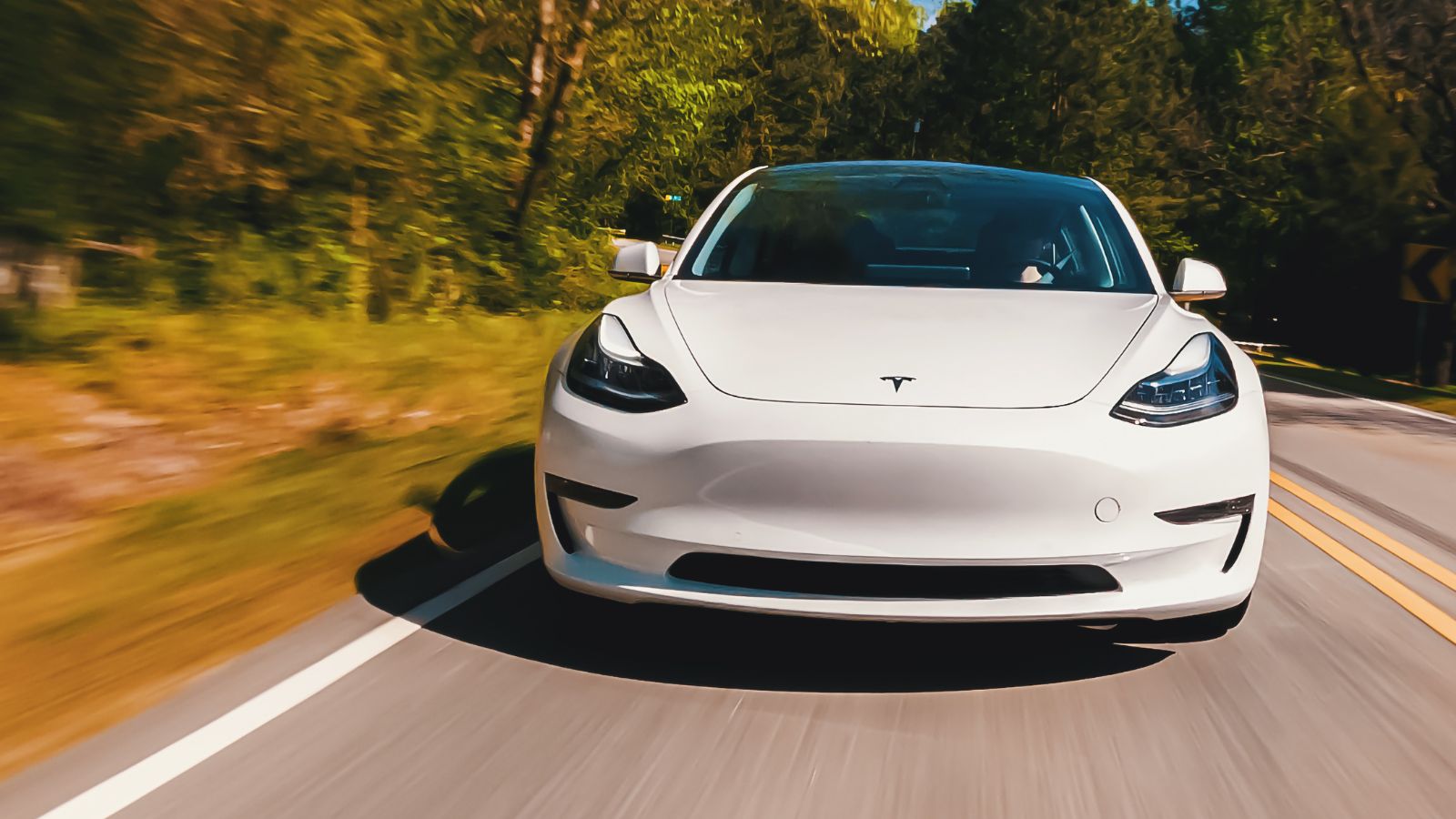
Though popular, the Tesla Model 3 Long Range doesn’t escape winter-related depreciation in Canada. Reduced battery performance, freezing sensors, and range anxiety after winter often result in a drop in resale value of more than 50% within the first year. With rapid updates to newer models, tech obsolescence compounds buyer reluctance toward earlier builds. Studies reveal depreciation rates of nearly 55% over five years, while Canadian winters exacerbate this trend. Owners frequently offload their vehicles after the first winter to avoid concerns about battery health, reduced range, or costly replacements, especially as newer EVs deliver improved cold-weather reliability.
Audi Q8
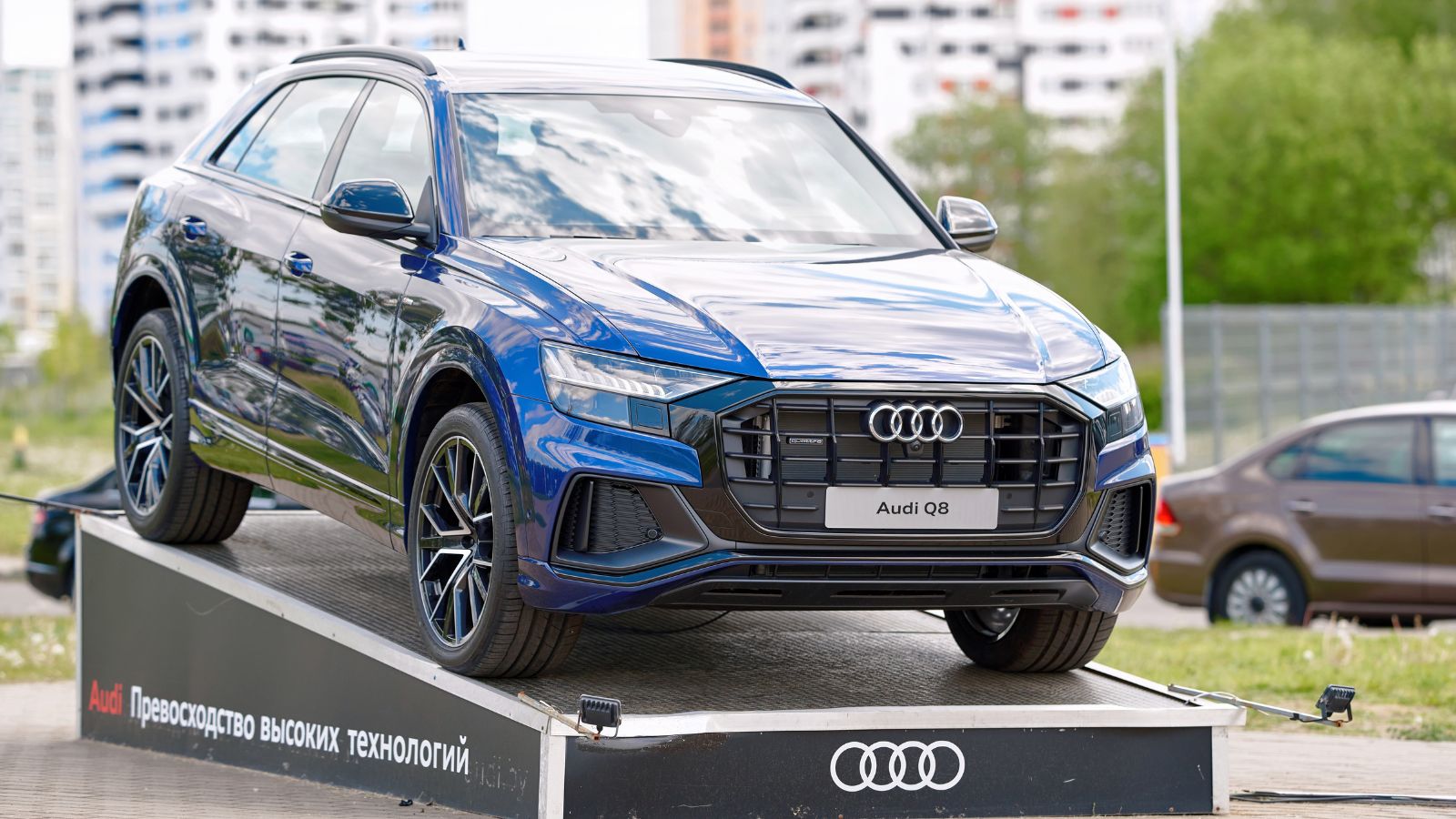
Audi’s flagship SUV, the Q8, loses approximately 59% of its value within five years, with Canadian winters accelerating the erosion even faster. Salt exposure leads to paint pitting, suspension control module failures, and corrosion in sensors and brakes. Combined with high service costs and low demand for premium crossovers in winter, resale values often plunge below half the original price. Early buyers often find that their once-luxurious Q8 trade-in value is halved after just one winter. To avoid further losses, many trade out immediately, turning pride into quick depreciation in just weeks.
25 Facts About Car Loans That Most Drivers Don’t Realize

Car loans are one of the most common ways people fund car purchases. Like any other kind of loan, car loans can have certain features that can be regarded as an advantage or a disadvantage to the borrower. Understanding all essential facts about car loans and how they work to ensure that you get the best deal for your financial situation is essential. Here are 25 shocking facts about car loans that most drivers don’t realize:
25 Facts About Car Loans That Most Drivers Don’t Realize
